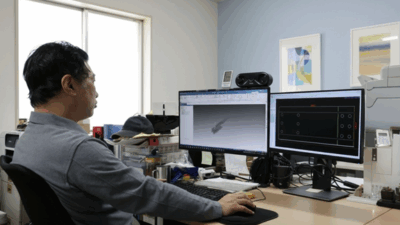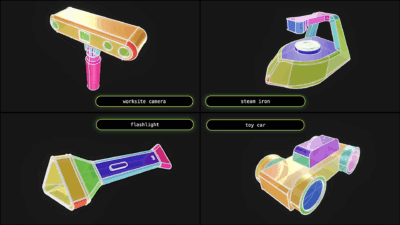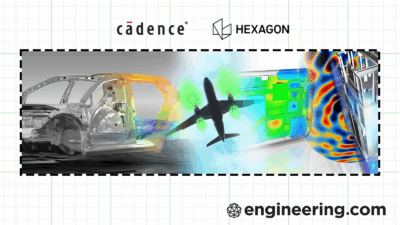How a niche-industry powerhouse leverages Solid Edge simulation and in-house automation to deliver more efficiently for customers.
Siemens has sponsored this post.
Robatech is a Swiss-based manufacturer of industrial adhesive application systems. With more than 670 employees in more than 80 countries, the company develops and supplies energy-efficient, high-precision solutions for applying hot melt and cold glue across a wide range of industries – including packaging, automotive, textiles, woodworking and bookbinding.
Their product portfolio includes adhesive melters, heated hoses, application heads for bead, dot and spray application, hand applicators and software-based process monitoring tools. Robatech focuses on delivering complete system solutions, where all components work together seamlessly to ensure precision, repeatability, and process reliability in adhesive application.
Whether it’s packaging, stabilizing pallets, labelling bottles, or binding books – Robatech systems help customers reduce waste, increase uptime, and improve productivity.
Industrial gluing may sound niche, but it is inherent in a wide array of applications and presents complex design challenges. Machines in the adhesive industry often operate at extreme temperatures (200°C is not uncommon) and can apply adhesives at speeds up to 800 dots per second. Maintaining insulation, optimizing bead placement and ensuring uniform adhesive application across broad surfaces all require exacting processes, which in turn requires meticulous engineering. Even a slight miscalculation in heat flow or nozzle positioning could result in material waste or downtime.
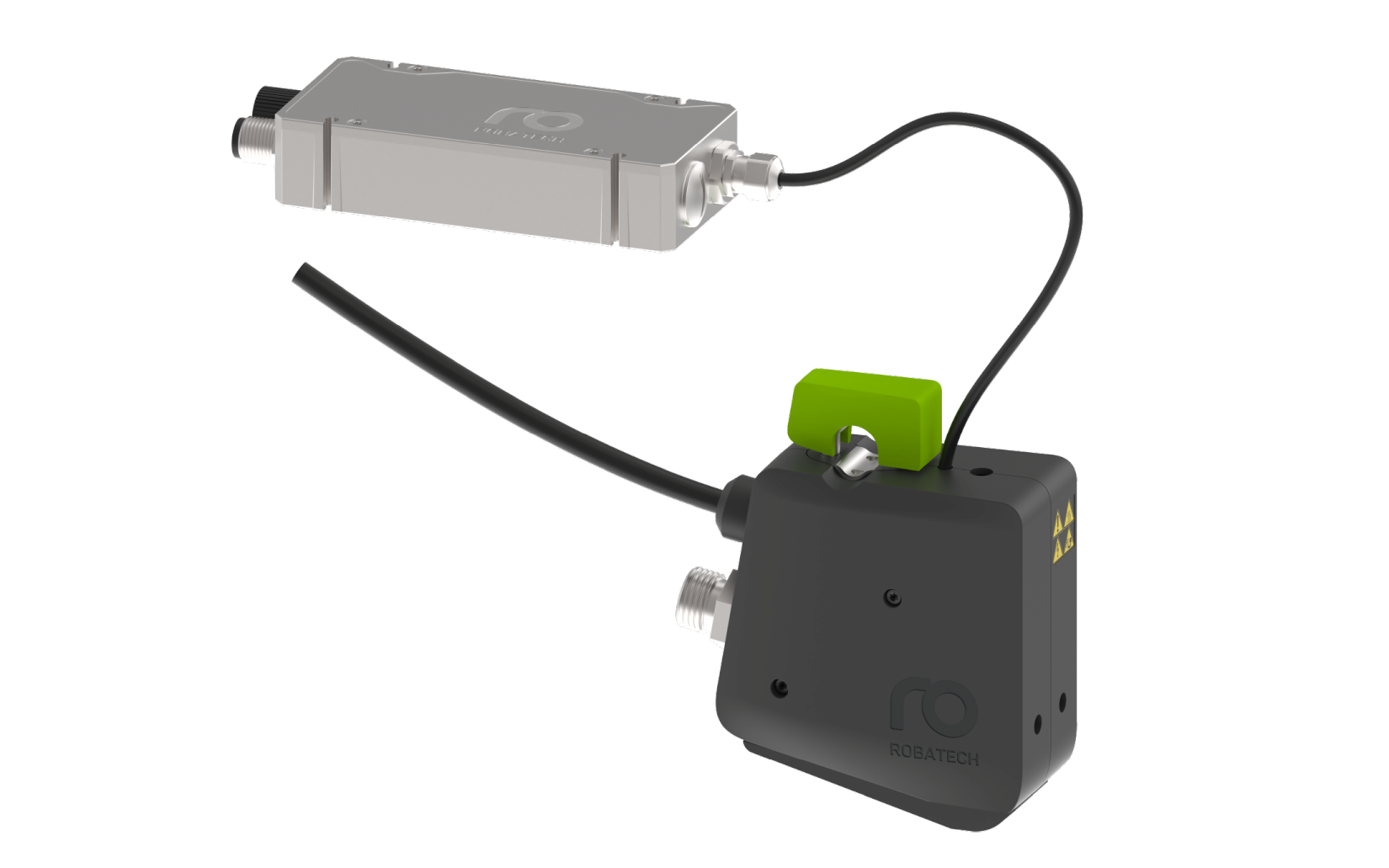
Essential CFD Simulation for Adhesives
To manage this complexity, Robatech relies heavily on Solid Edge, part of the Designcenter suite, According to Thomas Hilfiker, head of PLM & CAx at Robatech, the company has used the design software from Siemens since Version 6 and currently deploys 21 licenses to support a team of roughly two dozen users. “We use Solid Edge for everything from sheet metal modeling to full assembly builds,” Hilfiker notes. “We design and validate our entire product range, from precision components measuring to our largest assemblies with 1,500 parts, all using Solid Edge.”

The company leverages Solid Edge’s CFD, particularly the Frontloading Liquid and Other Engineering Fluid Dynamics (FLOEFD) add-on, to simulate heat distribution and behavior in thermal systems. “We apply adhesives across broad surfaces and need to calculate how temperatures shift inside a device over time. FLOEFD helps us optimize performance while minimizing energy use,” Hilfiker explains.
These simulations are especially critical when working with non-Newtonian fluids such as industrial adhesives, which behave unpredictably under different flow and heat conditions. FLOEFD lets the team preemptively solve potential issues before physical prototypes are built.
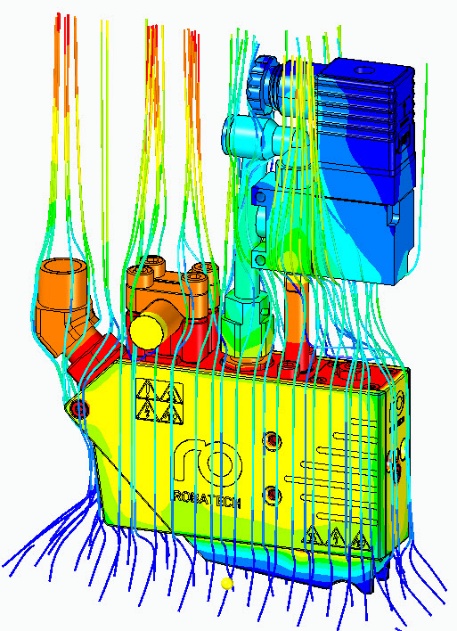
Leveraging CAD to Drive Sales
Beyond simulation and modeling, Robatech has recently made major strides in digital transformation through automation. Previously, when sales teams needed customized application heads for a new client, they had to contact the engineering department in Switzerland. Designers would then build new CAD models, assign part numbers and manually create quote documents and technical drawings. This can be a time-intensive process, and it didn’t always result in a sale.
“To provide the customer with a simplified 3D model and a dimension drawing, we required a tool that automatically assembles the preset models,” Hilfiker says. “For this CAD automation, we chose RuleDesigner since on the one hand, it is simple to set up, and on the other hand the library, API and interface to the CAD system are quite extensive. There is so much you can do. These were the key reasons why we created and selected this software.”
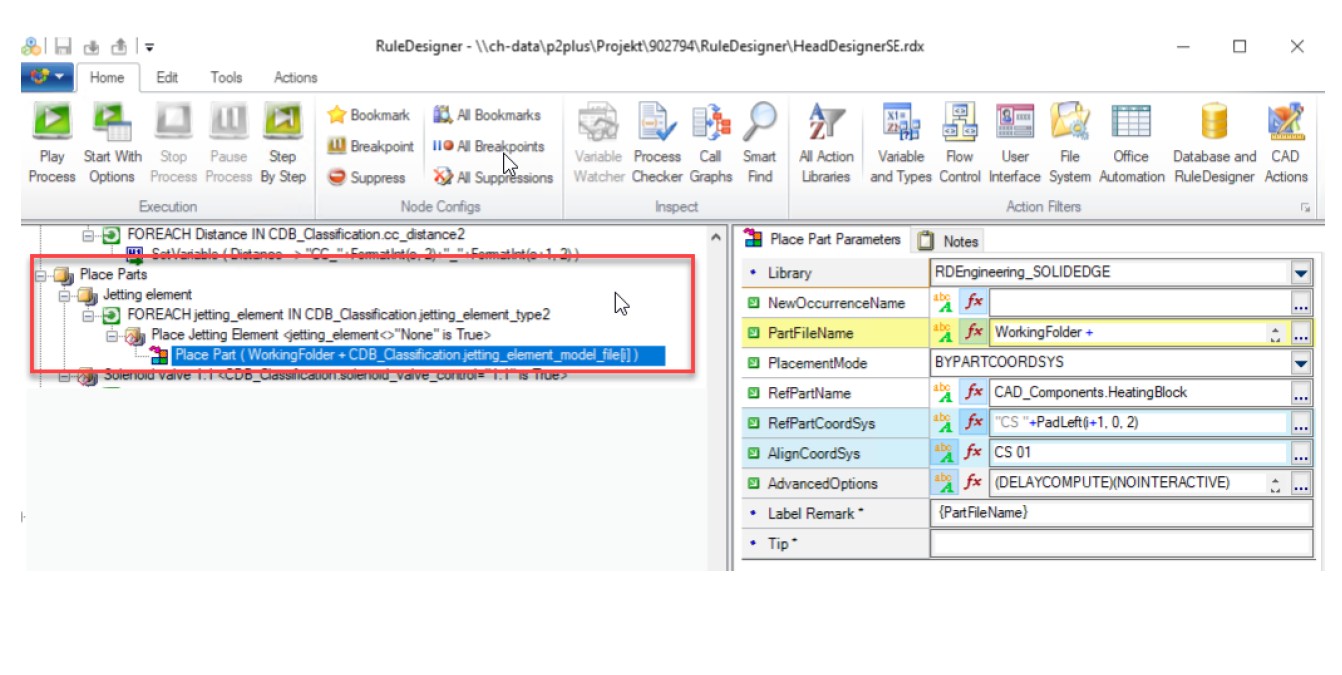
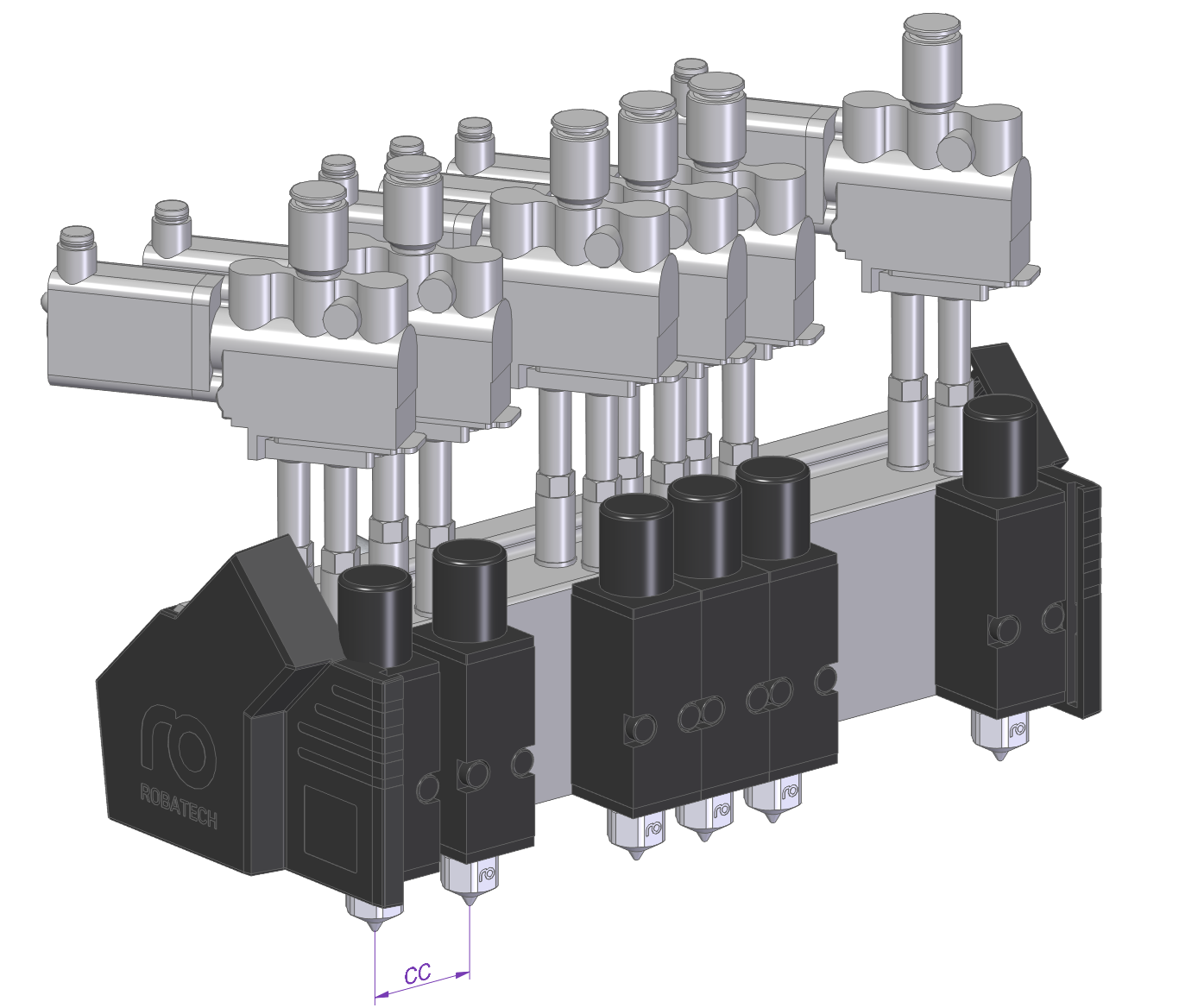
Robatech invested in a product configuration system to offload routine tasks from the engineering team. Partnering with Siemens Solution Partner Var Industries in order to develop a specific configuration of RuleDesigner, Robatech developed what they call the Applicator Head Configurator. This web-based tool allows sales representatives to input just a few parameters, like the number of spray components or valve types, and instantly generate a full Solid Edge 3D model, STEP files, pricing information and drawings.
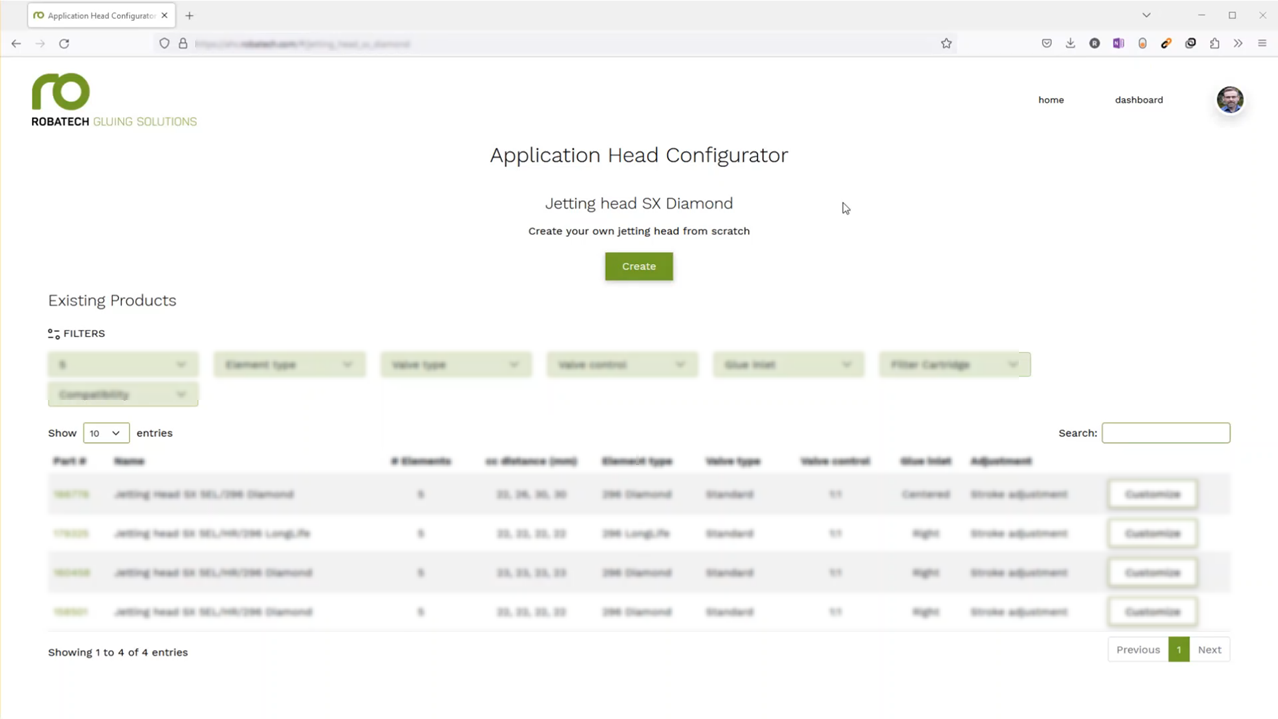
“I find that the major point here is that these savings are not as important as the fact that the technology team is no longer taking part in the quote creation process,” he says.
The native Solid Edge files are stored in the company’s PLM system and can be reviewed and finalized by engineering once an order is placed. This automation not only speeds up quoting but also minimizes errors and reduces friction between departments. Though the configurator is currently limited to internal use, the company plans to extend access to end-users in the future, creating a streamlined path from inquiry to implementation.

This approach to configurator-driven automation reflects Robatech’s broader commitment to digital transformation. As we move through a world with progressing AI and widely adopted use of digital twins, the company continues to expand its use of PDM and ERP systems. Even customer-facing portals now allow users to access product information simply by scanning a QR code.
“We push to be as digital as possible all across our whole system,” Hilfiker says. “Even through the Customer Portal, for instance, where you can find information about our products straight away by simply entering the serial number and QR code, getting the relevant product details.”
Robatech’s partnership with Solid Edge underscores the value of a design software that goes beyond just the features, but also into how well they integrate into the organization’s workflow. For Robatech, Solid Edge plays a foundational role in product development, simulation, documentation and now automation. Additional tools like KeyShot help visualize products for marketing, while Technical Publishing Software tools linked to Solid Edge generate exploded views and spare parts documentation.
The infrastructure Robatech has built around Solid Edge has already yielded measurable results, such as needing only two hours for each configuration. As the company continues to evolve, it’s clear that their blend of precision engineering, customer-centric digital tools and smart software integration will keep them ahead in an increasingly competitive industrial landscape.
Visit Siemens to learn more about Solid Edge.
